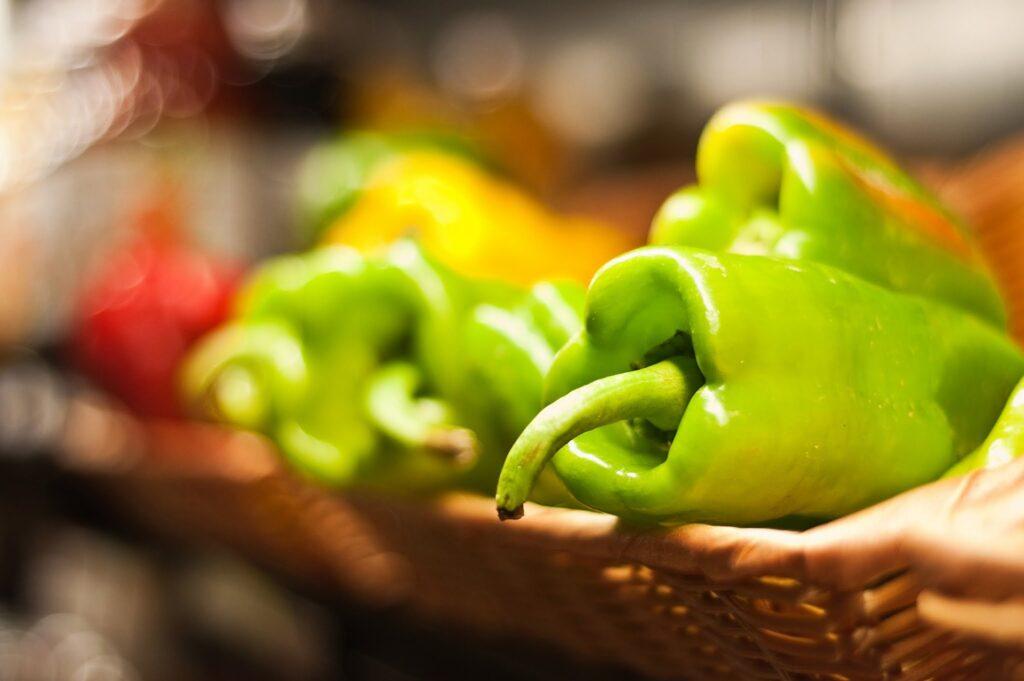Hot sauce enthusiasts around the world know that there’s nothing quite like the sensation of that spicy kick that awakens your taste buds. Hot sauces come in a wide range of flavors and heat levels, and whether you prefer a mild, smoky chipotle sauce or a blazing habanero inferno, creating the perfect hot sauce can be a culinary adventure. So what makes my hot sauce different? Let’s dive into the elements that make up this fiery concoction.
1. The Heat Level
One of the most defining characteristics of a hot sauce is, of course, its heat. The heat level can vary from mild to scorching, and it’s crucial to find the right balance for your palate. If you’re new to hot sauce-making, start with milder peppers like jalapeños or poblanos. For the bravest souls, consider the fiery habaneros or even the ghost pepper for that intense heat.
2. The Flavor Profile
While hot sauce is known for its spiciness, it should also possess a well-balanced flavor profile. A perfect hot sauce isn’t just about making your taste buds burn; it’s about enhancing the overall culinary experience. Achieving this balance often involves a mix of sweet, sour, and savory elements.
3. Pepper Varieties
The choice of chili peppers is where you can truly get creative. Different pepper varieties bring unique flavors and heat levels to the table. Consider experimenting with peppers like smoky chipotles for a rich, earthy flavor, or fruity scotch bonnets for a tropical twist.
4. Aromatics and Spices
Aromatic ingredients like garlic, onions, and spices such as cumin, coriander, or smoked paprika can elevate your hot sauce to new heights. These ingredients add complexity and depth to the overall flavor profile.
5. Texture Matters
Texture is another aspect that can set your hot sauce apart. Some people prefer a smooth, pourable sauce, while others enjoy the chunky or pulpy texture of certain homemade varieties. The texture you choose should align with how you plan to use the sauce, whether as a condiment, marinade, or cooking ingredient.
6. Salt’s Role
Don’t underestimate the role of salt in your hot sauce. Salt enhances the overall flavor, balances the heat, and contributes to the sauce’s preservation.
7. Finding the Right Consistency
Consider the consistency you desire for your hot sauce. Do you want it to flow like water, or would you prefer a thick, spoonable sauce? Your choice here can impact how you use the sauce in your culinary creations.
8. The Magic of Fermentation
Fermentation is a technique that has gained popularity in the world of hot sauce making. It involves letting your ingredients sit and ferment for a period of time, often resulting in a tangy, sour note that adds complexity to the flavor. Fermentation can be a game-changer if you’re looking to create a unique and memorable hot sauce.
9. Freshness is Key
To achieve the best flavor, use fresh, high-quality ingredients. Ripe chili peppers and fresh spices will make a significant difference in the final product. The vibrant flavors of fresh ingredients can’t be matched by their dried counterparts.
10. Consider Preservatives
When crafting your hot sauce, you may want to decide whether to include preservatives. Some commercial hot sauces use preservatives to extend their shelf life, but if you prefer a more perishable, homemade sauce, you can enjoy the freshness and flavor of your creation sooner.
Crafting the perfect hot sauce is a journey of taste and experimentation. Whether you’re a spicy food aficionado or just dipping your toes into the world of hot sauces, there’s a combination of peppers, flavors, and techniques waiting for you to discover. The perfect hot sauce is a matter of personal preference, and as you embark on this flavorful adventure, you’ll find that there’s no shortage of possibilities to explore. So, grab your peppers, spices, and creativity, and start concocting your ideal hot sauce today. Your taste buds will thank you!
